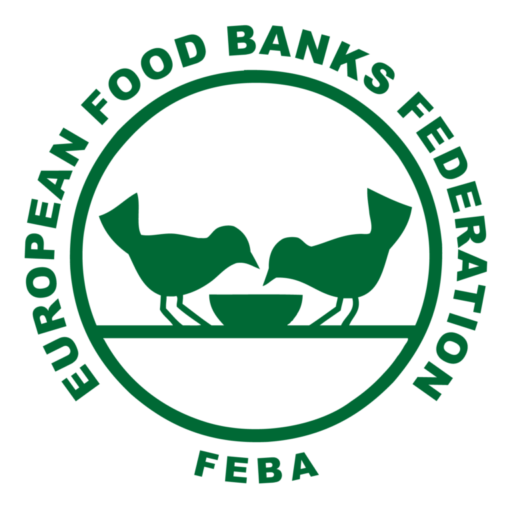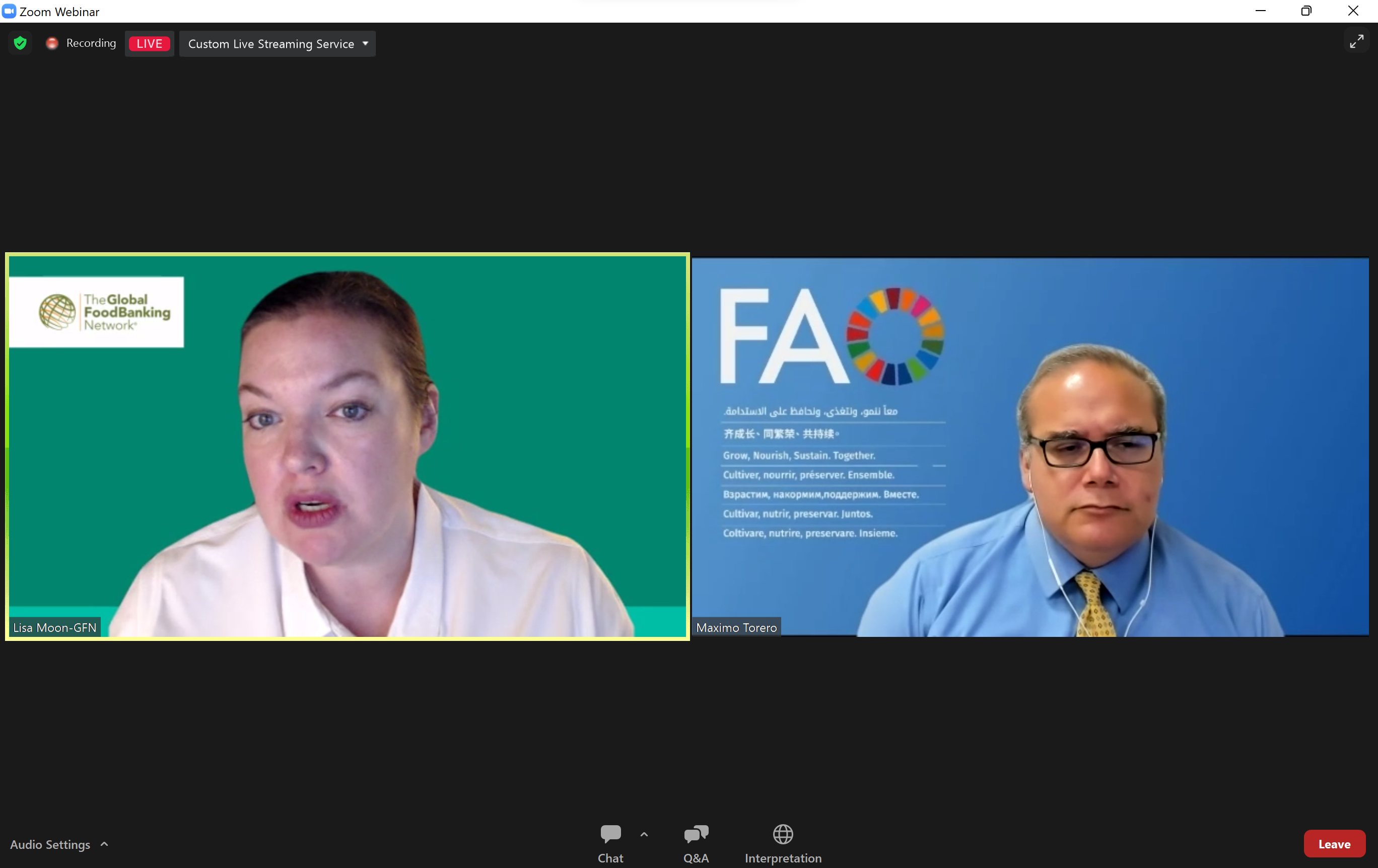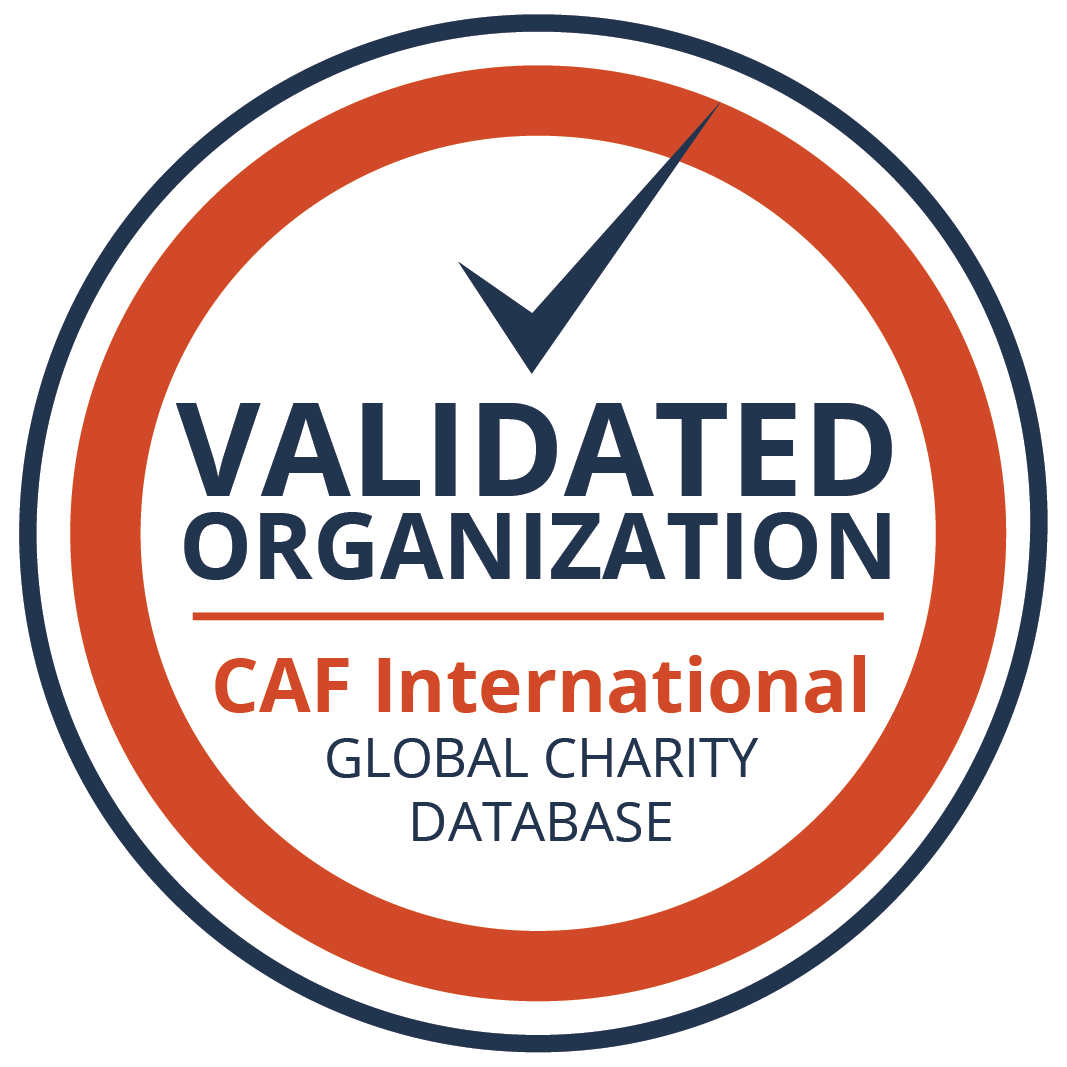Lisa Moon, the President and CEO of the Global FoodBanking Network, opened the event on 9 June 2022 “What’s in Store for World Food Prices? Is a New Hunger Crisis Inevitable?” by citing the most recent UN report on increasing prices and how Food Banks are trying to tackle this crisis.
The FAO‘s Chief Economist Dr. Máximo Torero Cullen started his presentation by explaining how COVID-19 affected the economic downturns in many countries. Basic risks and uncertainties for the agri-food systems were already in place. These range from food and agriculture to macro-economic aspects like energy and biofuels and also humanitarian topics like food insecurity as well as migration.
One observation due to the current events is the connection between energy prices and fertilizer which was not evident before. He also pointed out that the lack of access to food is not just due to a shortage but also because prices are so high. Food is available but not affordable. In addition to that, many economically vulnerable countries heavily depend on wheat imports from Ukraine and Russia. The FAO Food Price Index reached an all-time high, with record costs for food imports globally, which leaves vulnerable countries unable to pay the higher prices.
How to address higher bills and lower import volumes?
The FAO proposed a Food Import Financing Facility (FIFF) that can try to address the root causes of the current crisis, like the soaring food import bills and financial constraints. Eligible countries can receive credit volumes to tackle this issue, mostly in Africa. The FAO stress-tested the facility and FIFF funding could be operational through the International Monetary Fund (IMF). This would address the current issues of affordability rather than the problem of availability, which is not urgent yet as enough crops and reserves are on the market at the moment. However, he pointed out that a 30% loss of world exports on cereals and oil seeds is possible if Russia and Ukraine are taken out of the equation. The gap in food exports is also due to the fertilizer shortage. The FIFF should improve the use efficiency for food, fuel and fertilizer. The goal is to review and rethink policies, trade patterns, resource use, and consumer habits as well as to reduce food loss and waste.
If you are interested in the webinar, make sure to watch the recording here.




